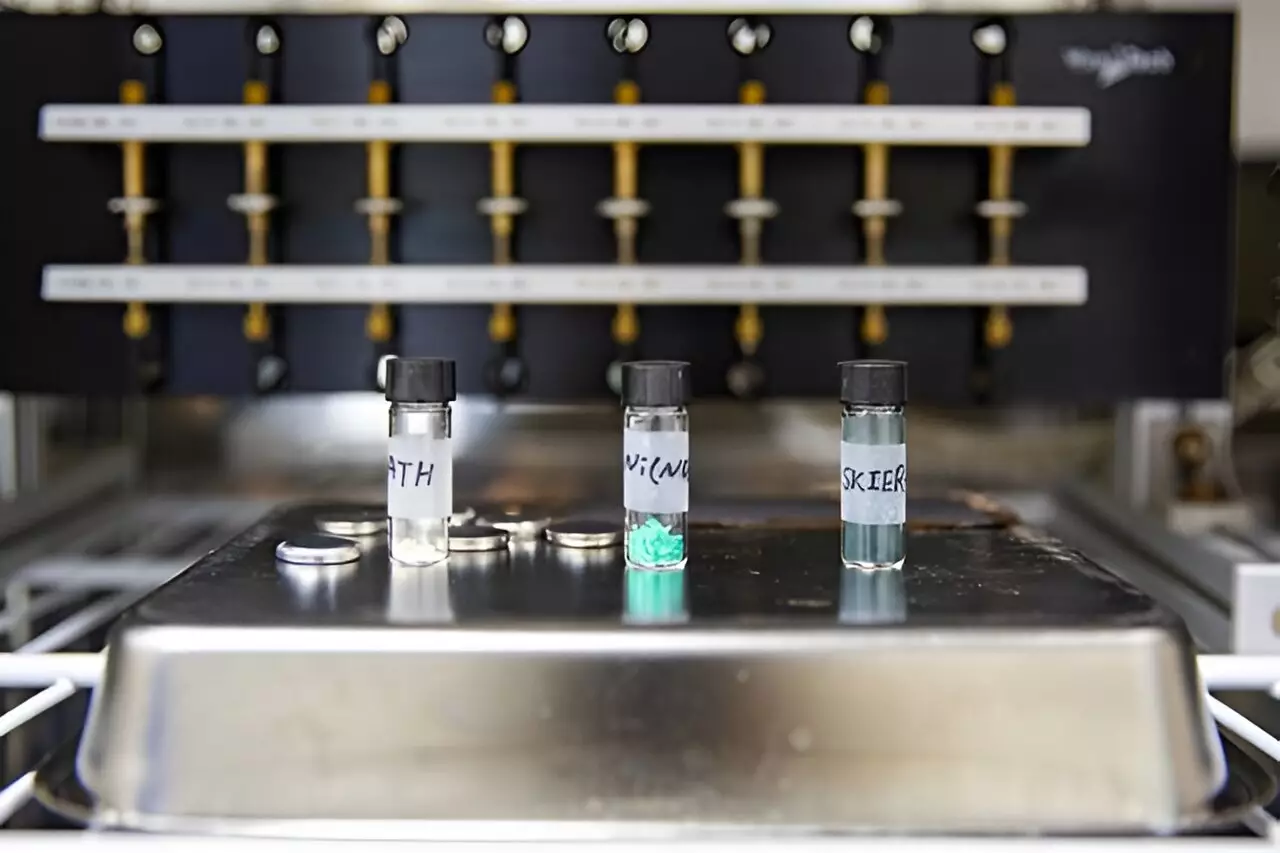The Korea Institute of Energy Research (KIER) has made a groundbreaking development in the field of lithium batteries with the creation of SKIER-5, a redox-active metal-organic hybrid electrode material. This new material has been specifically designed to address the limitations of traditional graphite anodes in lithium batteries, especially in freezing conditions as low as minus 20 degrees Celsius.
For many years, graphite has been the go-to material for anodes in lithium-ion batteries due to its stability and cost-effectiveness. However, graphite anodes have significant drawbacks when it comes to performance in subzero temperatures. The storage capacity of batteries with graphite anodes decreases sharply in cold conditions, and the formation of dendrites on the anode surface during charging can lead to dangerous thermal runaway scenarios.
Led by a team of researchers including Dr. Jungjoon Yoo, Dr. Kanghoon Yim, and Dr. Hyunuk Kim, KIER developed SKIER-5, a redox-active metal-organic framework that offers a promising alternative to graphite. This framework is constructed from a trianthrene-based organic ligand and nickel ions, creating a unique structure that enhances the performance of lithium batteries, even at low temperatures.
One of the most impressive features of SKIER-5 is its discharge capacity, which is five times higher than that of graphite in subzero environments. This remarkable achievement is further highlighted by the fact that SKIER-5 demonstrated a discharge capacity of 440 mAh/g, surpassing the 375 mAh/g capacity of a graphite electrode at room temperature. Additionally, after 1,600 charge-discharge cycles, the capacity of SKIER-5 increased by approximately 1.5 times, showcasing its exceptional long-term stability.
Through high flux X-ray analysis at the Pohang Accelerator Laboratory, the research team was able to confirm the redox mechanism of SKIER-5. Unlike graphite, SKIER-5 interacts with lithium ions to facilitate redox reactions involving electron transfer, leading to increased electron storage and a higher discharge capacity. This innovative approach allows SKIER-5 to outperform graphite, especially in cold environments where reaction rates are typically reduced.
To further validate the operating principle of SKIER-5, the research team conducted first-principles calculations based on quantum chemistry. By determining the crystalline structure of SKIER-5 and predicting lithium adsorption sites, the team was able to accurately calculate the material’s theoretical capacity and reaction voltage. The experimental results closely matched the predicted values, confirming the exceptional performance of SKIER-5 as a lithium battery anode.
SKIER-5 represents a significant advancement in the field of lithium batteries, offering a more stable and high-performance alternative to traditional graphite anodes. With its unique redox-active metal-organic framework, SKIER-5 has the potential to revolutionize the battery industry and drive the development of electric vehicles, drones, and other portable electronic devices in cold environments.


Leave a Reply